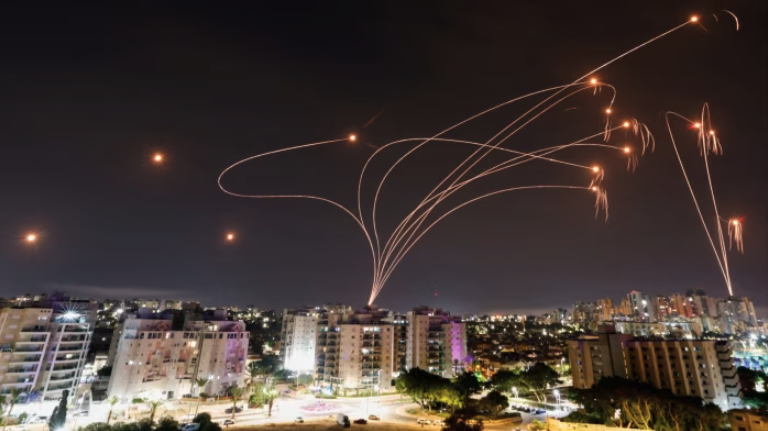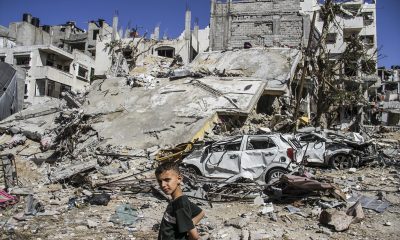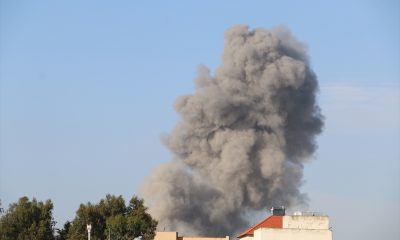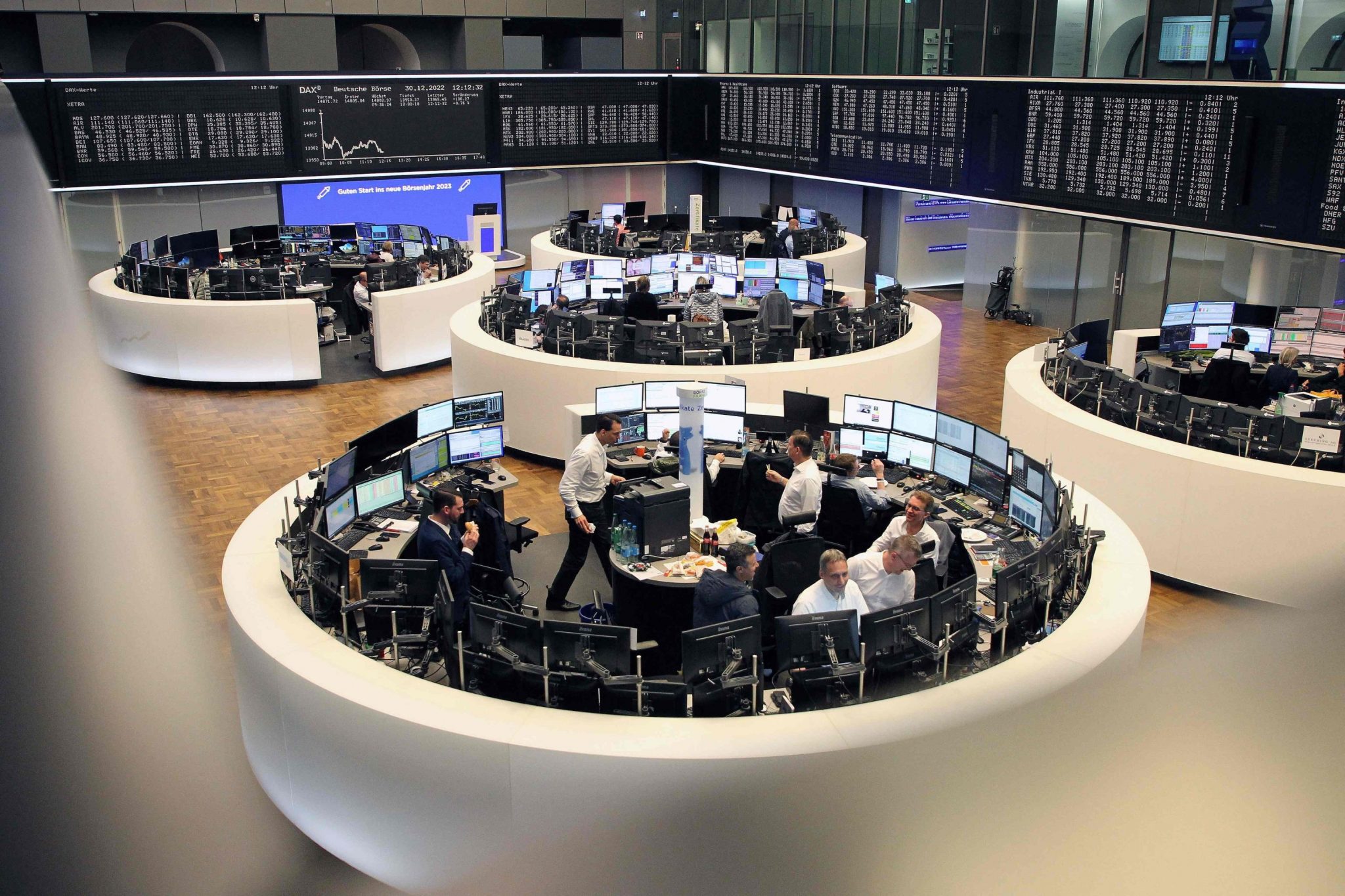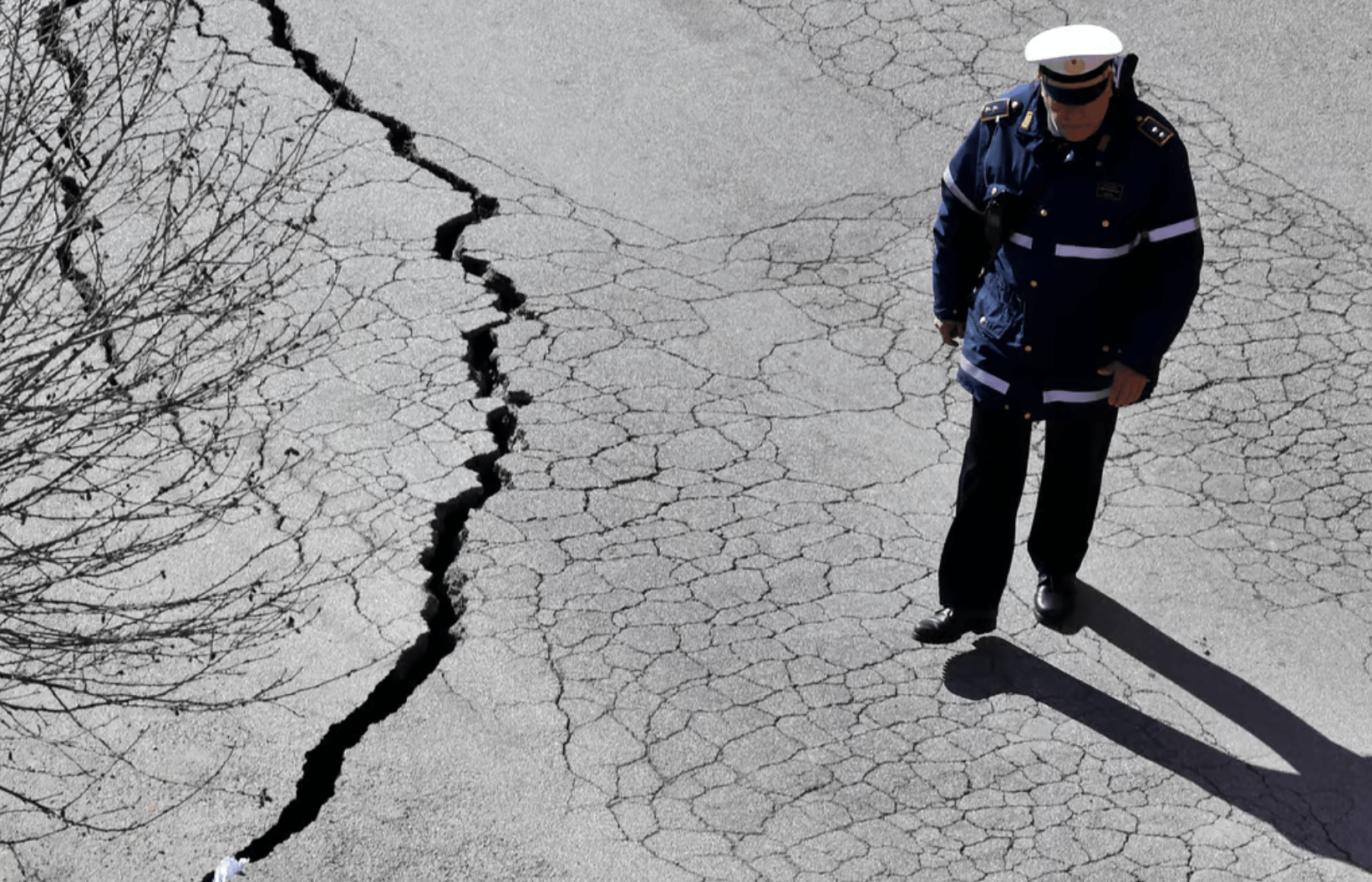The European Commission has sided with ‘fiscally conservative’ governments, led by Germany, in resisting calls to finance spending through more borrowing and to attach new conditions to the hundreds of billions of euros it gives to the European Union’s poorest countries.
In effect, this marks the end of an era of “free money”, when the bloc’s huge post-pandemic rescue fund was made up of shared debt rather than national contributions, and EU funds for things like new roads, hospitals and renewable energy projects were mostly channelled to eastern and southern European countries without them having to do anything in return.
The Commission, which is responsible for managing the EU’s seven-year, €1.2 trillion budget, funded mainly by member states, has started thinking about the model from 2028.
Questions will multiply as countries negotiate how much money to allocate to different programmes. The Commission will make a formal proposal in the summer of 2025, which must be unanimously approved by governments before the end of 2027.
Common pool mechanism set up during pandemic
Since the start of the last seven-year cycle, the EU has built up a €723 billion post-pandemic emergency fund, which for the first time in the bloc’s history is based on pooling borrowing on behalf of 27 countries rather than government contributions, adding to the complexity this time around.
According to two senior Commission officials who spoke to POLITICO on condition of anonymity, many EU countries, especially the most indebted, want the Recovery and Resilience Facility (RRF) to be replicated after it expires in 2026 to create an “investment fund,” while the Commission opposes that.
To make matters worse for some poorer countries, the Commission wants to extend the ‘cash for reforms’ model of the bailout fund to the current ‘cohesion policy’, which aims to reduce the gap between rich and poor regions and accounts for around a quarter of the total budget.
Germany and the Netherlands strongly opposed to joint borrowing
The EU executive has shied away from the idea of setting up such an investment fund to finance defence and green spending in the coming years because of opposition from fiscally conservative countries such as Germany and the Netherlands. But debt-ridden capitals fear that shelving the RRF would lead to a huge shortfall in spending on long-term projects.
Although the Commission does not have the final say on the shape of the next EU budget, its proposal will serve as a basis for negotiations between capitals. The most sensitive policy decisions, such as whether to set up a new investment fund, will depend on the outcome of the European Parliament elections in June and the composition of the new executive.
All funds to be given in return for ‘reform’
The Commission believes that the Cohesion Fund could be used as a tool to push governments to reform a range of issues that have been lagging behind for years, including pensions and democratic standards.
This would mean a change from the current model, where funds are disbursed on the basis of agreed criteria, rather than as a ‘carrot’ for meeting specific targets.
This would allow the Commission to continue implementing reforms across the EU without incurring new debt or significantly increasing its budget.
The difference between the two funds is crucial
There is an important overlap between the projects financed by the RRF and the Cohesion Fund. Both funds allocate a significant share to poor countries such as Portugal in the west or Bulgaria in the east.
But officials point out that there are differences between the two. “Cohesion funding should be a long-term development approach, involving local and regional partners,” EU Cohesion Commissioner Elisa Ferreira told POLITICO. All these elements may not be present in emergency instruments like the RRF,” she said.
Commission officials acknowledge they will have a hard time selling the new cohesion model to poorer member states.
One official said countries that currently struggle to use cohesion funds would not welcome stricter rules and a tighter link to reforms.
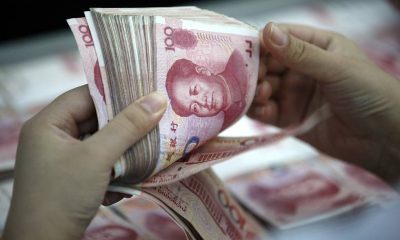
 ASIA2 weeks ago
ASIA2 weeks ago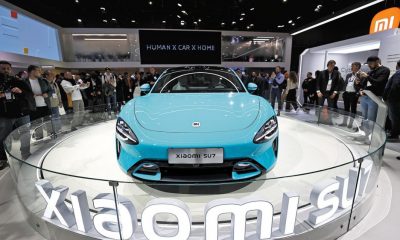
 ASIA2 weeks ago
ASIA2 weeks ago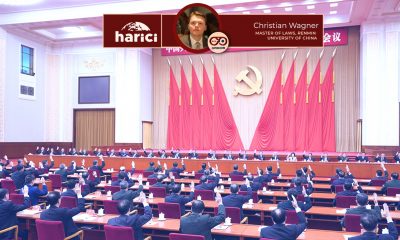
 OPINION1 week ago
OPINION1 week ago
 INTERVIEW2 weeks ago
INTERVIEW2 weeks ago
 OPINION2 weeks ago
OPINION2 weeks ago
 MIDDLE EAST2 weeks ago
MIDDLE EAST2 weeks ago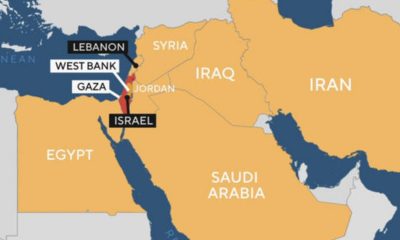
 ASIA2 weeks ago
ASIA2 weeks ago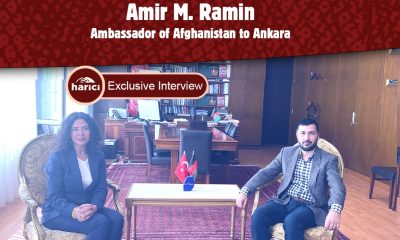
 INTERVIEW6 days ago
INTERVIEW6 days ago
